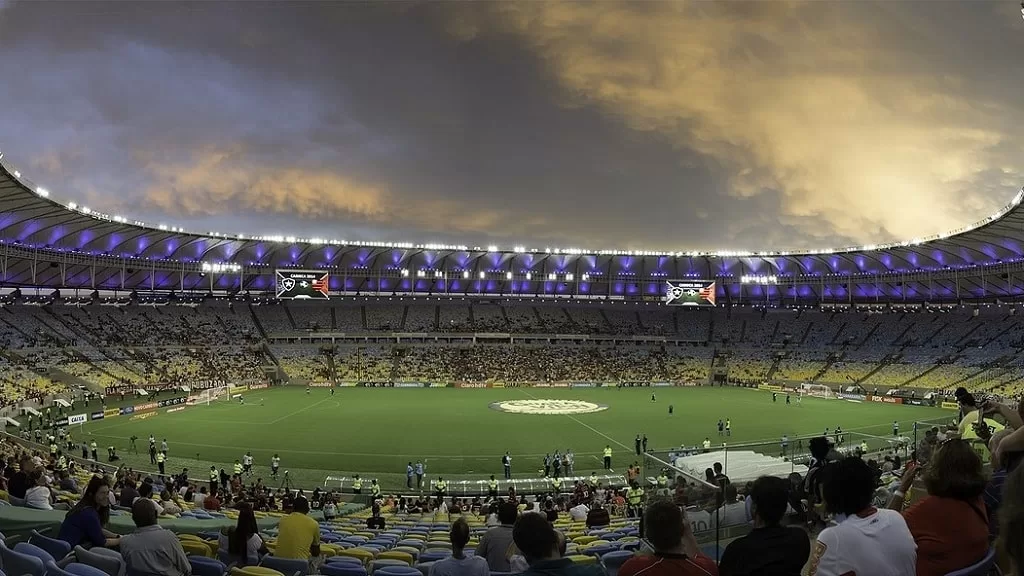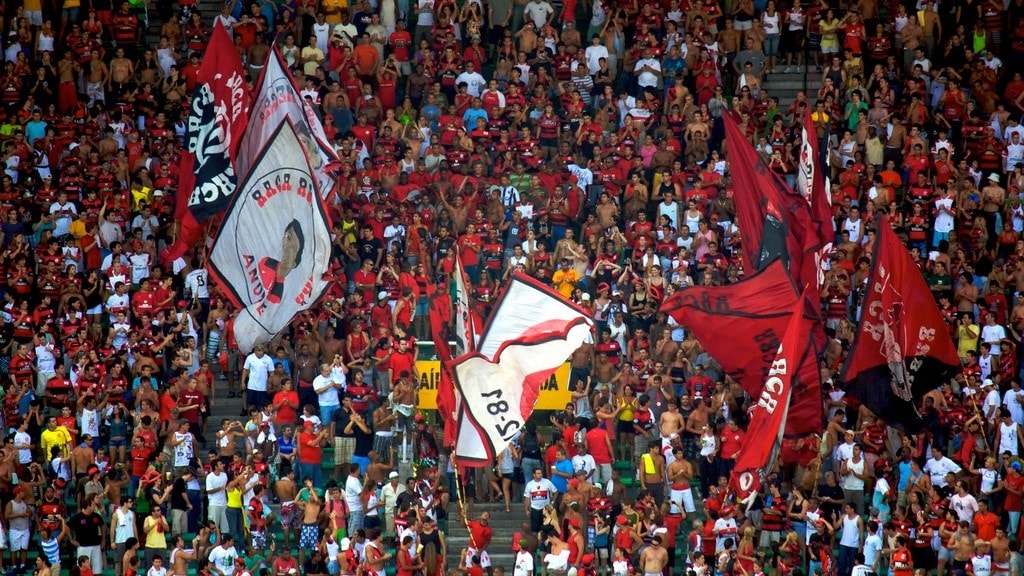It’s no secret that Brazilians are passionate about soccer and it is the most popular sport in the country.
Part of our culture and routine, soccer is considered the national passion. Able to bring together thousands of Brazilians, not only during the World Cup but also throughout the year through local and national championships.
And it is in Rio de Janeiro that is located the largest stadium in Brazil: the Jornalista Mário Filho Stadium, popularly known as Maracanã.
Maracanã stadium has been the stage of the most important classics of Brazilian and international soccer matches. For this reason, the visit to the iconic stadium is a must-do for sports lovers, as well as being a great tourist tip in Rio de Janeiro.
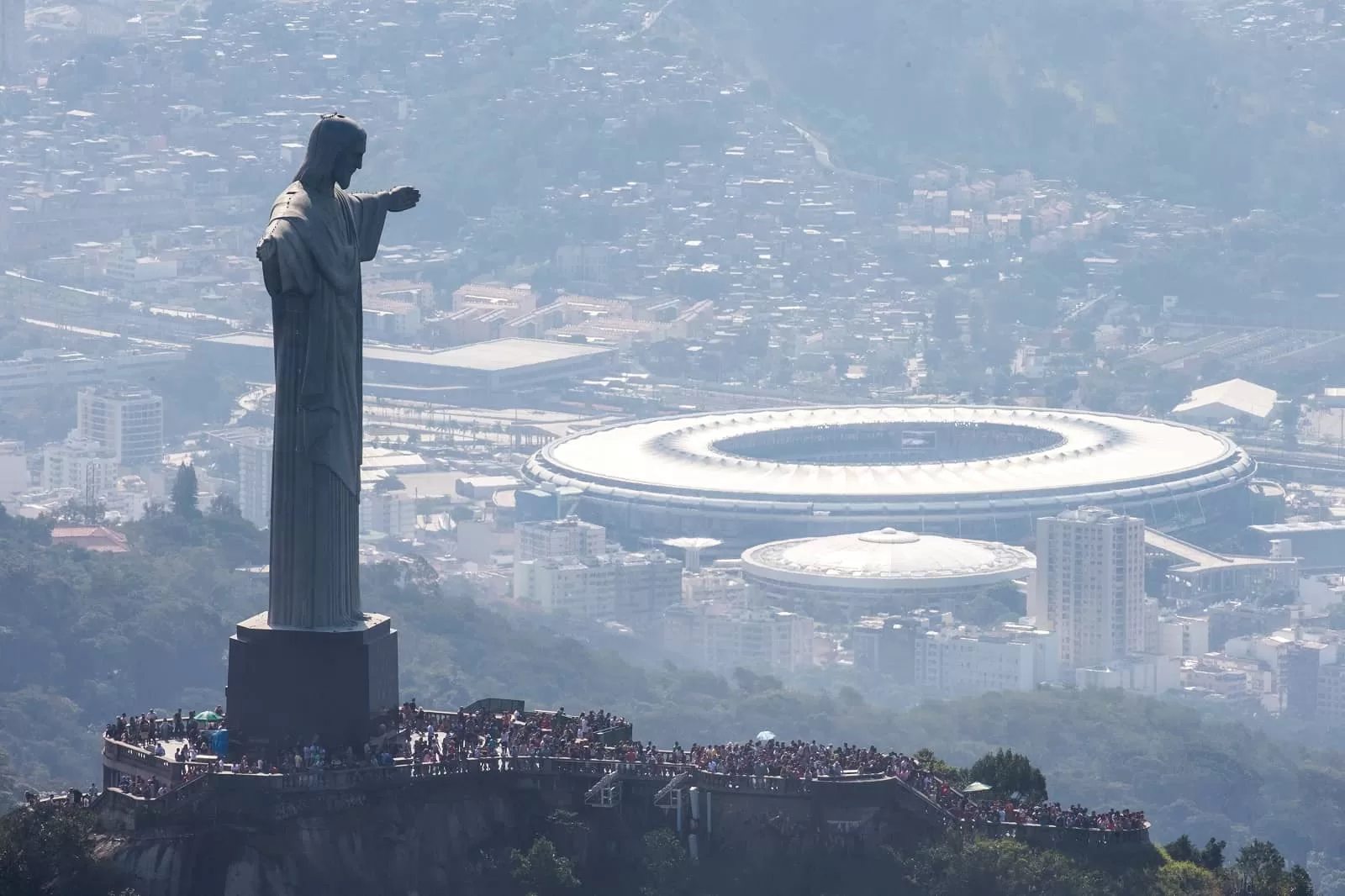
History of the Stadium
The official name of the stadium was given in tribute to the late Brazilian journalist, Mário Filho, who is considered its creator. The nickname Maracanã, however, is due to the Maracanã River, which runs next to the stadium. In Tupi, a native language, the word maracanã means “like a rattle.”
The stadium was built for the fourth edition of the FIFA Soccer World Cup, which had Brazil as its headquarters. Its inauguration took place on June 16, 1950, when it gained the status of “the largest stadium in the world.”. The main stage of the World Cup had, at that time, the capacity for 200 thousand people and received 8 games, including the grand finale.
During the World Cup of 1950, the Brazilian team disputed five of six matches in the Maracanã stadium. In the final game, was officially registered the attendance record of 199,854 fans. However, people say that the audience was much larger than this.
In this decision, Brazil lost 2-1 to Uruguay. The defeat in national soil was marked in the history of the Brazilian people, being popularly known as the Maracanazo.
Over the years, several championships began to be held in the stadium, making Maracanã stadium the main stage of Carioca football.
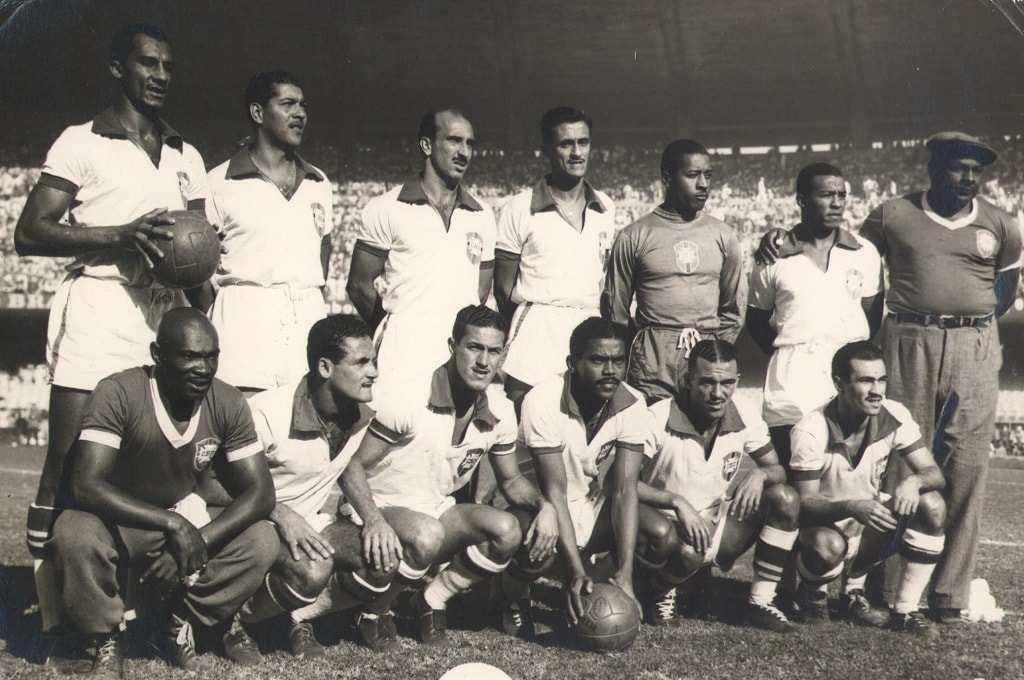
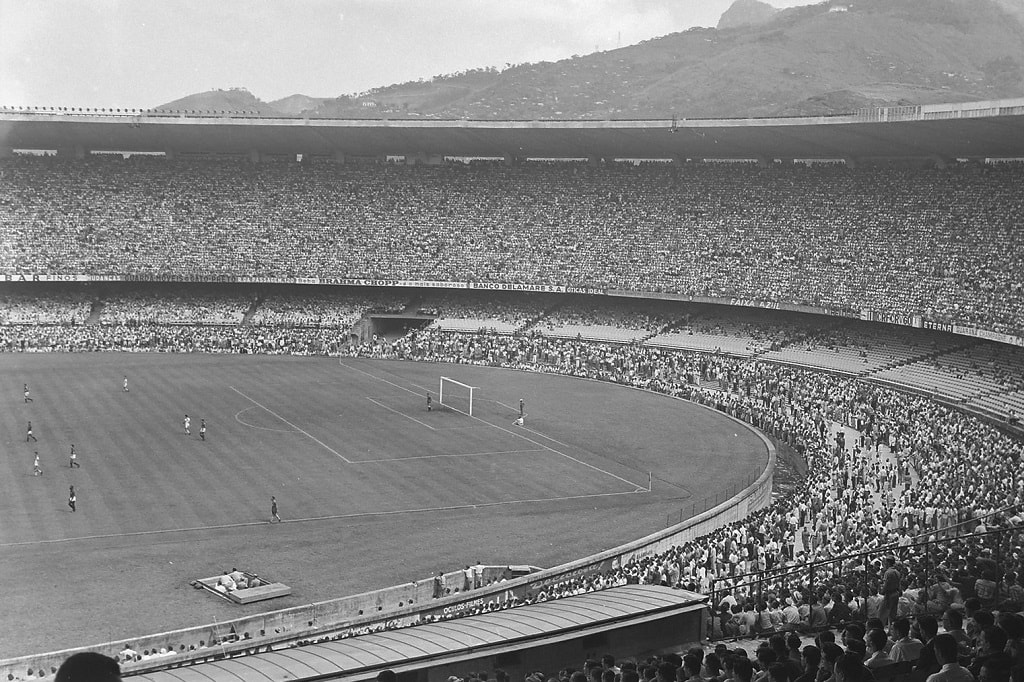
Renovations and current stadium
In 1999 the stadium underwent a comprehensive renovation for the FIFA Club World Cup 2000 in Brazil. For security reasons, at that time, it had its capacity reduced to 103,022 people. And because of that change, the stadium is no longer the largest stadium in the world, being replaced in the ranking by Azteca stadium, in Mexico.
In 2005, the Maracanã had a new renovation to host the 2007 Pan-American Games. Chairs were installed throughout its interior, including the area closest to the field that was popularly called “geral,” where spectators used to watch the matches standing.
Following these reforms, the stadium was the venue for the opening and closing ceremonies of the 2007 Pan-American Games in Rio de Janeiro, as well as being one of the stadiums hosting the 2014 FIFA World Cup and the 2016 Summer Olympics.
It then became the second stadium in the world to host two World Cup finals and fourth to host both a World Cup final and the opening and closing ceremonies of the Olympic Games.
Currently, the stadium is under the management of Flamengo and Fluminense teams, both responsible for the most significant classic match of the stadium and intangible cultural heritage of Rio: the Fla x Flu.

Maracanã Tour
The Maracanã stadium has a museum that tells all its history and many other curiosities.
The museum, known as the Football Museum, was inaugurated in 2006 and was the first museum in Brazil dedicated to football. In its collection, there are items part of the history of the stadium, e Brazilian team uniforms, and photographs of the world champions.
The stadium also offers the option of taking a guided tour. A bilingual guide takes the visitor on a 40-minute journey behind the scenes of the stadium, explaining the whole history of the stadium and telling some curiosities.
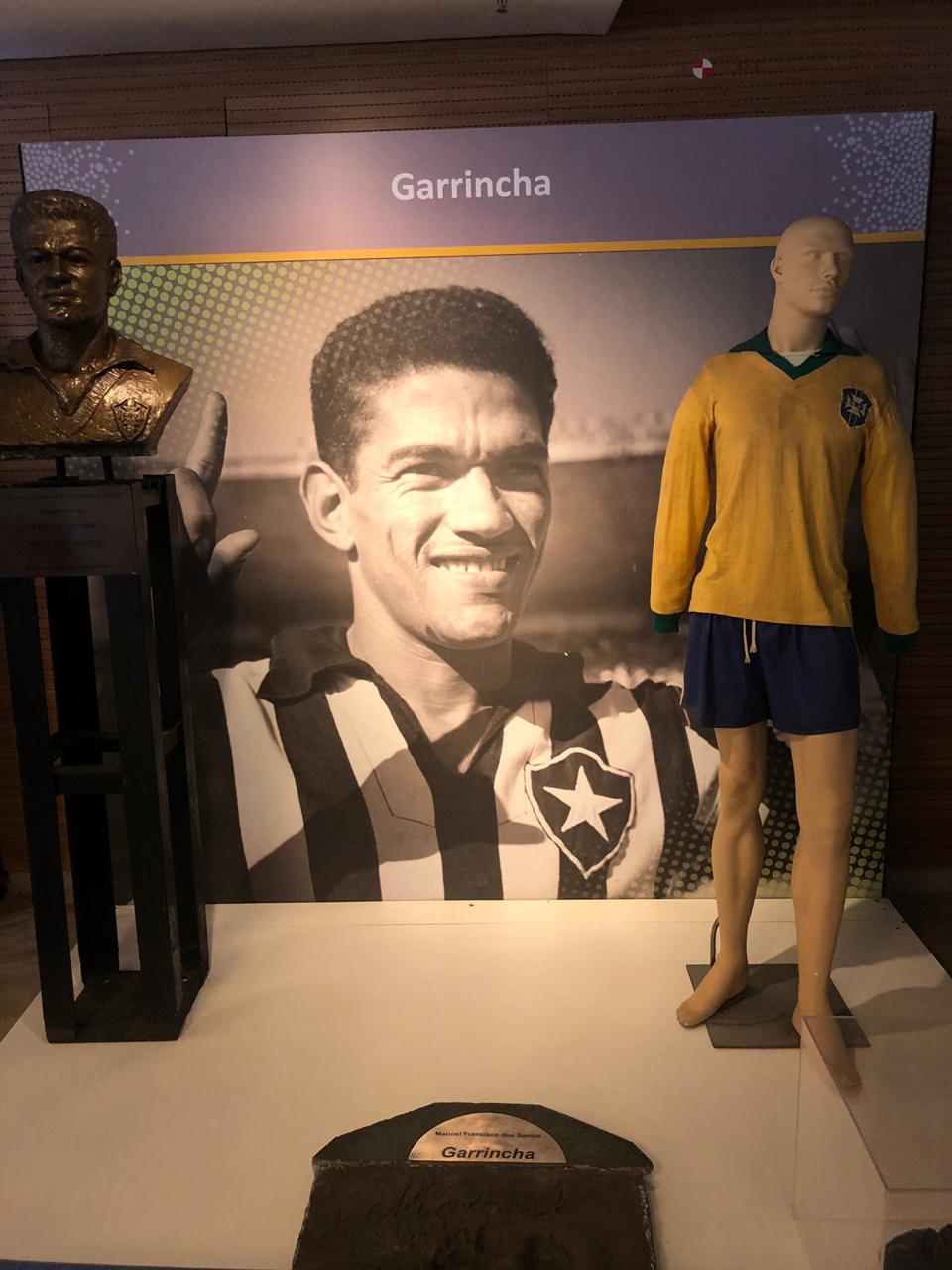

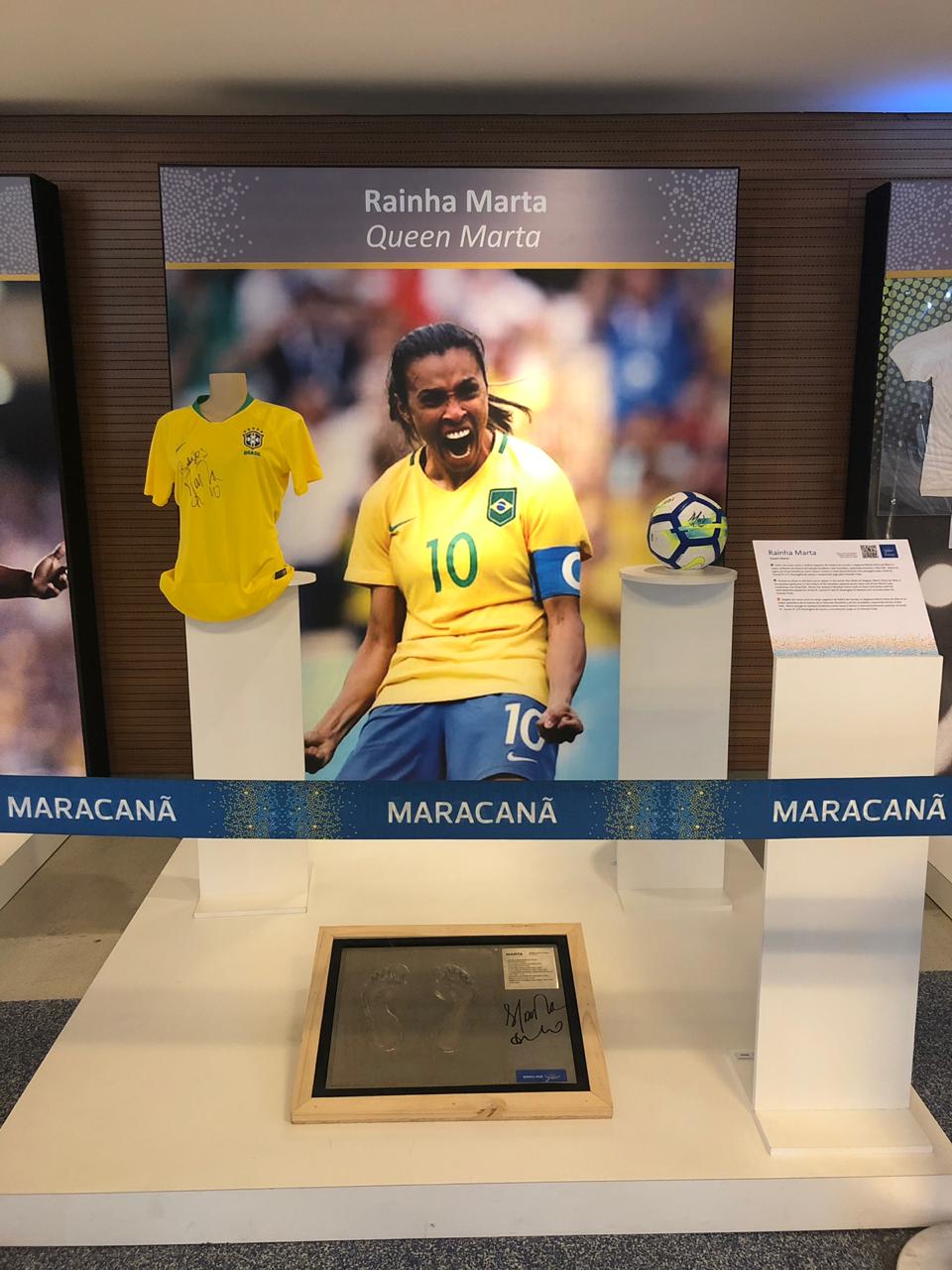
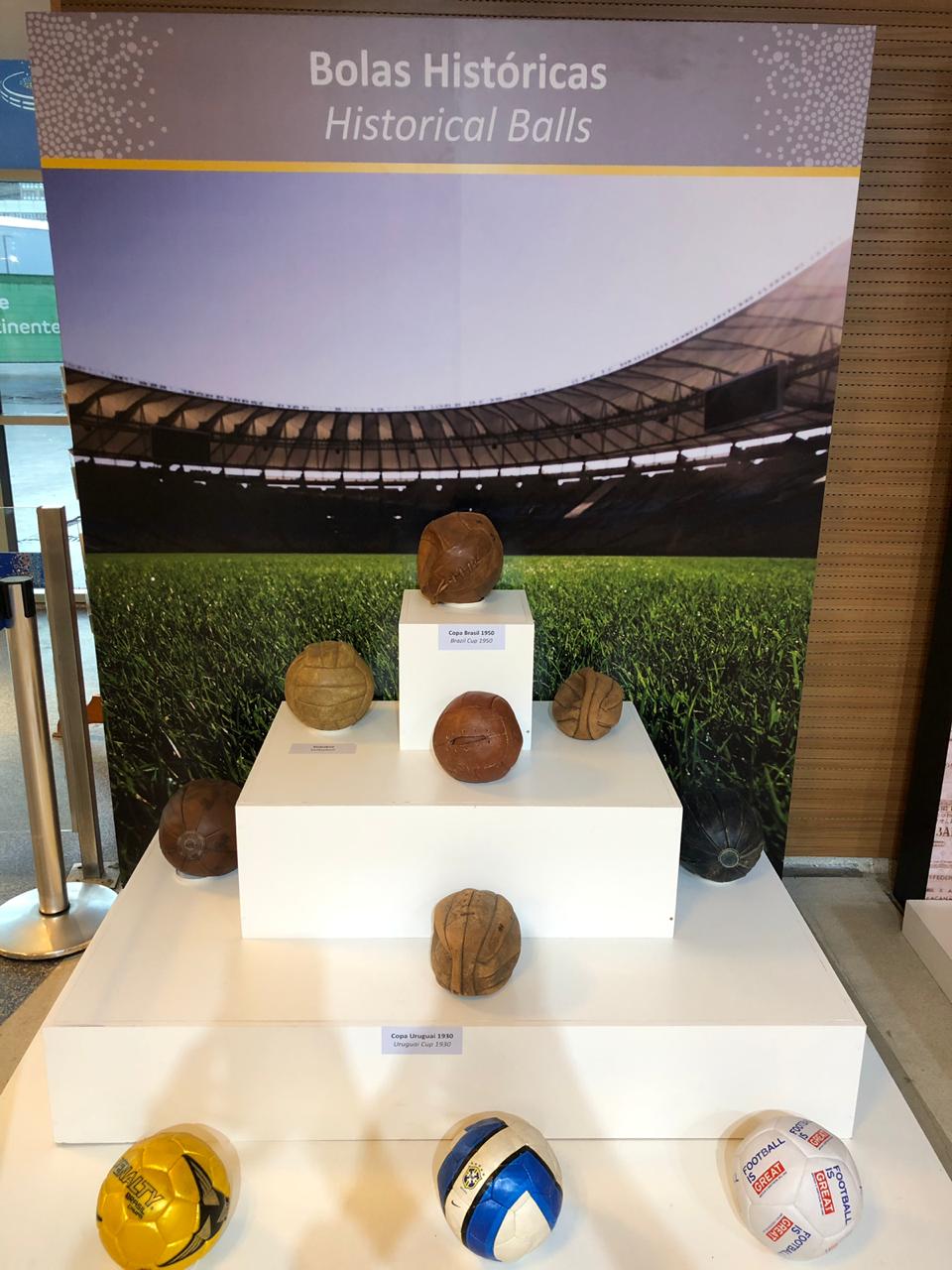
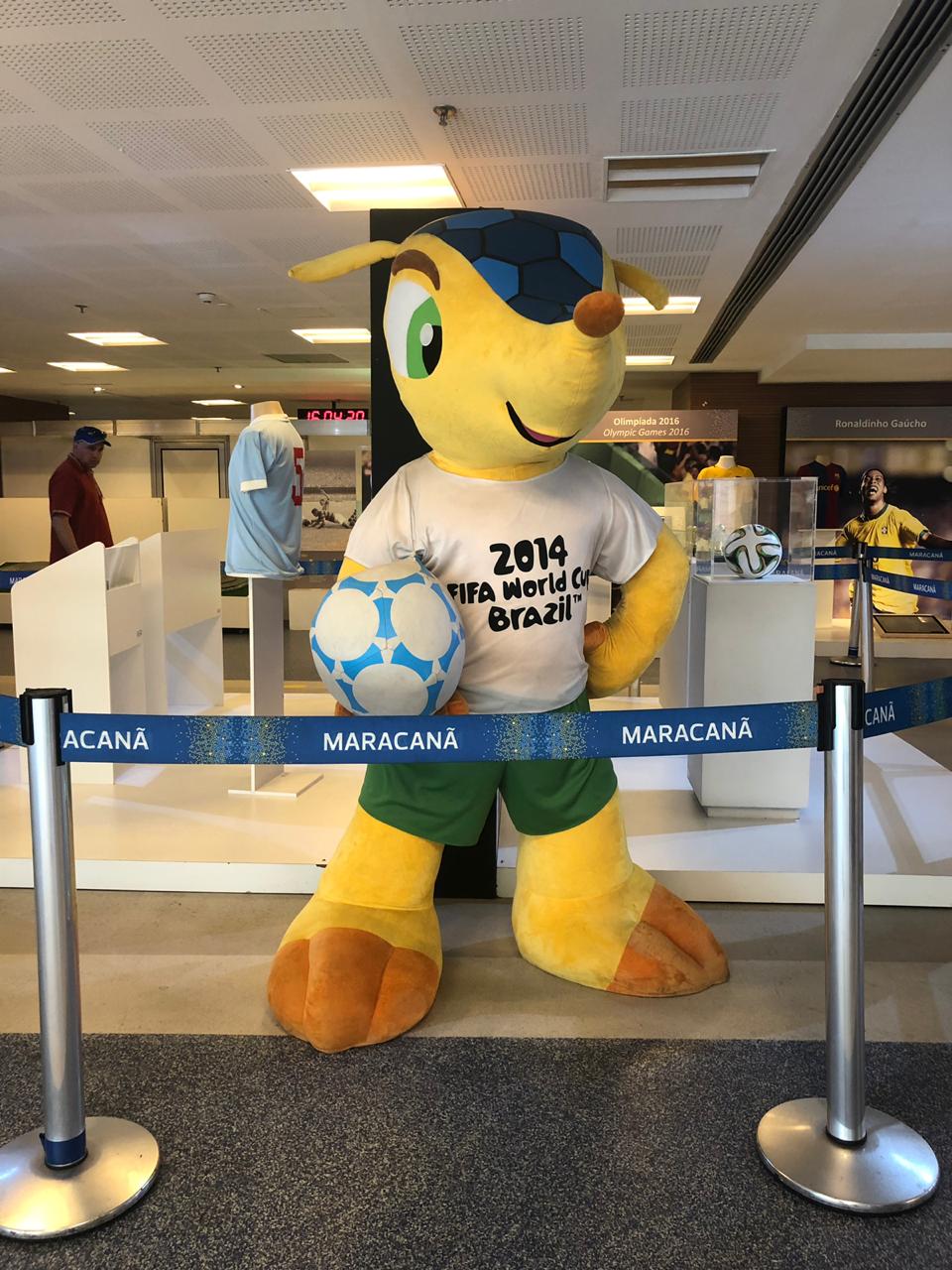
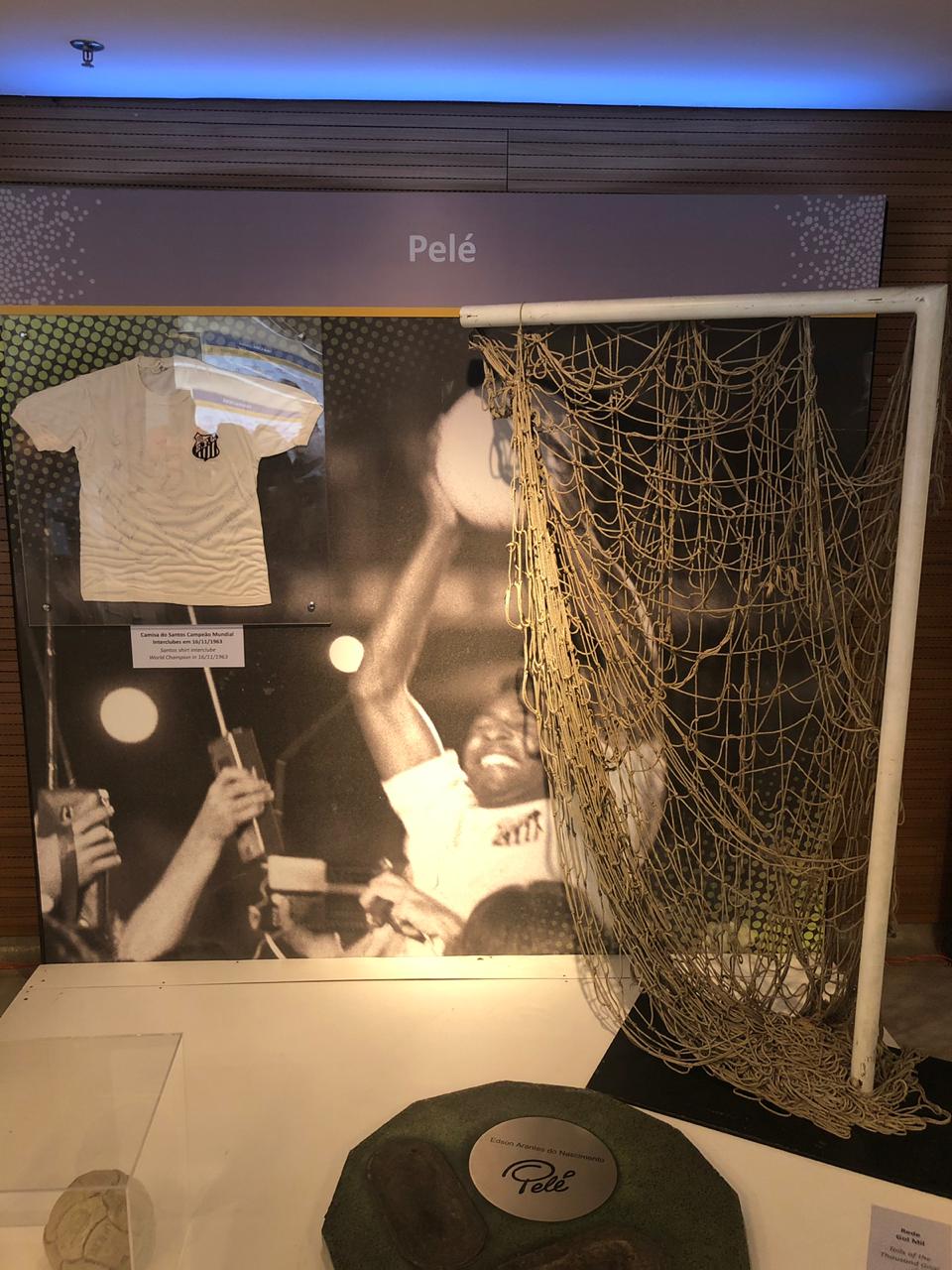
In the lobby, the visitor will find some items related to players that have left their mark in the history of Brazilian football, such as Pelé, Garrincha, and Zico. For example, the ball and net of the thousandth goal of the King of Football, Pelé (during the match between Vasco and Santos in 1969), among other historical objects, are on display. In the next room is the hall of fame, with the molds of players’ feet that made history in the stadium.
The tour also goes inside one of the dressing rooms of Maracanã, where there are the jerseys of teams that dispute the series A of the Brazilian championship exposed. Next, in the warm-up room, the visitor watches a video with historical goals of the Carioca teams.
The visit finishes with the high point of the tour: the entrance on the famous lawn. Upon reaching the edge of the sacred stage, visitors can sit on the players’ benches and go up to the bleachers, to have the view of the field from the perspective of the fans.
** Maracanã Tour: Visiting hours: every day, from 9 a.m. to 4:30 p.m. On game days, the last visit will end 3 hours before the gates open. Click here to buy your ticket.

Carioca Tip:
Before or after the Maracanã Tour, combine your visit with a lunch or dinner at the award-winning Aconchego Carioca in Praça da Bandeira. The restaurant is specialized in Brazilian cuisine and has the best feijoada fritters in Rio de Janeiro, as well as a diverse beer list and many other snacks.
How to get to Maracanã
The Jornalista Mário Filho stadium is located in the Maracanã neighborhood, in the northern part of Rio de Janeiro. It is around 5km from the center of Rio and 12km north of the south zone.
The recommended and easiest way to get to the stadium is via train or subway, which have homonymous stations on the Avenida Radial Oeste, in front of the stadium.
If you go via subway, take line 2 towards Pavuna and alight at Maracanã station. If you choose the train that leaves Central Station, take the Deodoro line and alight at Maracanã station. When disembarking, walk along the footbridge that gives access to the stadium. Alternatively, if you are in Tijuca or in another neighborhood and do not want to take the subway line 2 (which is usually very busy) get off at San Francisco Xavier Station. From there to Maracanã main entrance is a 15-minutes walk, approximately 1km.
To find out which bus lines go to Maracanã, use the Moovit app or access Vá de Ônibus.
Alternatively, you can take a taxi or uber. However, it is common to have heavy traffic on game days, as some surrounding streets are usually closed.
The stadium also has its own parking, but it has a reduced number of places. Access is by gate 2, and the value is R$ 25,00.
** The entrance of the Maracanã tour and its box office are in Gate A, facing Avenida Radial Oeste. Address: Av. Castelo Branco, Portão 3 – Maracanã, Rio de Janeiro
How to watch a soccer match at Maracanã stadium
If you have the opportunity, watch a soccer match at Maracanã during your stay in the Marvelous City.
Besides being one of the 10 things to do in Rio, it is a chance to experience the genuine passion of Brazilians for the sport.
The best games to watch are those with the Cariocas teams – Flamengo, Botafogo, Fluminense, and Vasco. Thus, you can get caught up in the songs, drums, applause and even insults (depending on how the game is going) of the Carioca fans, one of the most passionate in Brazil.
The stadium has several box offices, but currently, only the box office number 5 and 8 are open. In games with a large audience, box office 9 usually also opens. There, you can find out what the next game is and buy your ticket.
Alternatively, you can buy tickets through the Cariocas teams’ websites: Flamengo, Fluminense, Vasco da Gama e Botafogo. Just be careful when checking to see if the match will actually take place at Maracanã or another soccer stadium.
Ticket prices vary according to the championship. However, the values range in average from R$ 20,00 to R$ 150,00.

Carioca Tip:
When choosing your seat, if you want to stay in the middle of the crowd, choose the North or South sectors. But if you want to watch the game calmly, without having to choose a team to cheer, choose the West sector that is in the most central part of the bleachers.
If you go to a game in Maracanã, we guarantee that the vibration and contagious energy of the Carioca fans will give you an incredible experience, not only for football lovers but for all audiences.
And if on game days the show is the teams on the pitch and the crowd, on an ordinary day, through the Maracanã tour, you will see that the stadium, by itself, is already a spectacle.
And remember, if you need help, we can create a custom itinerary for you.

